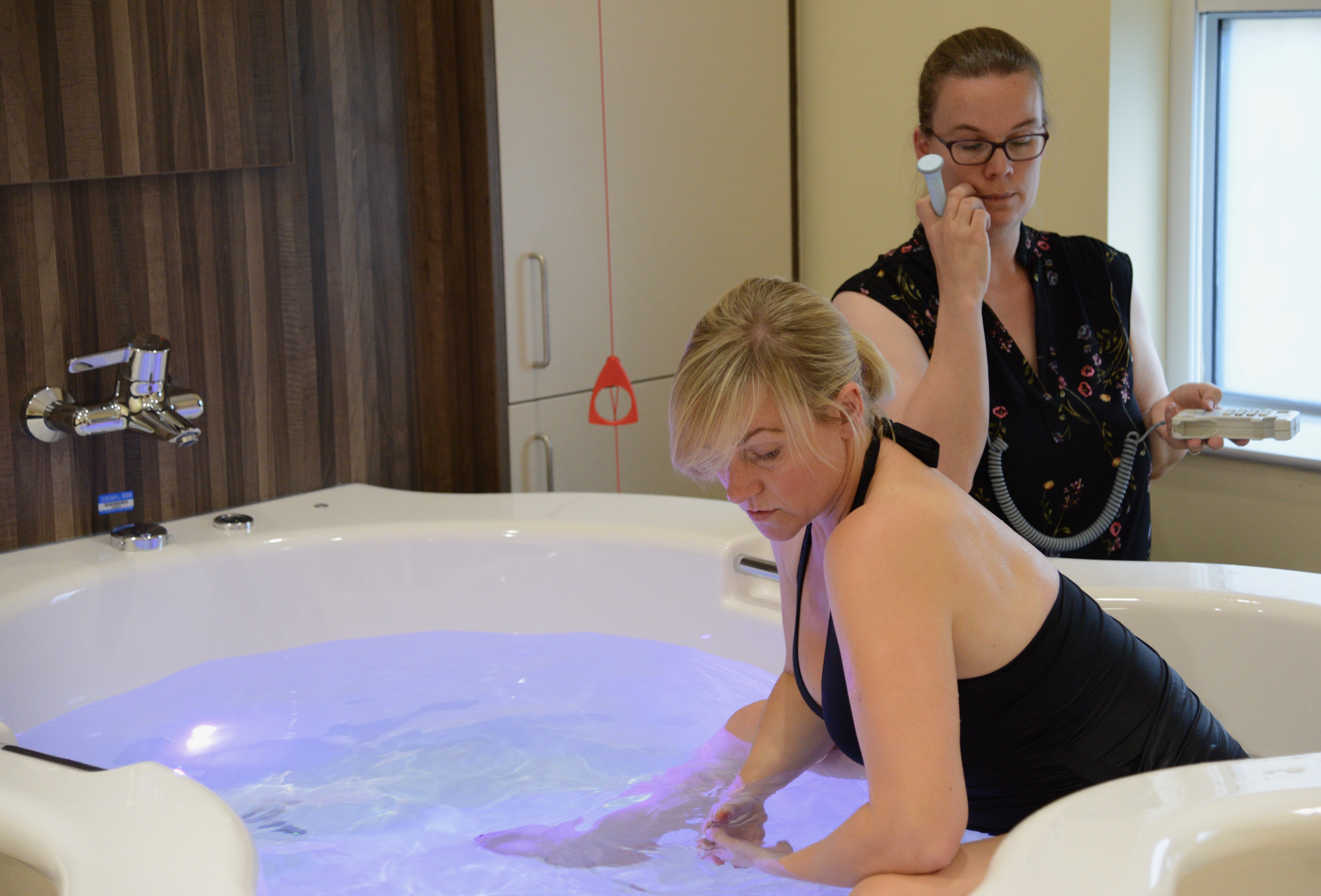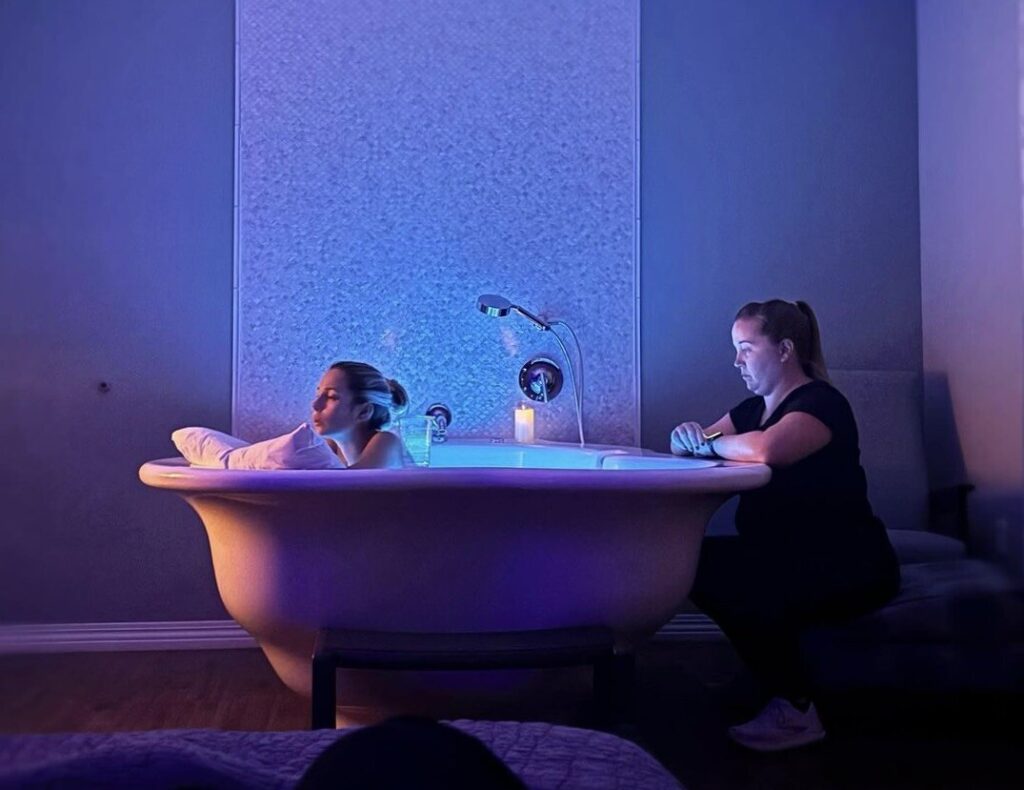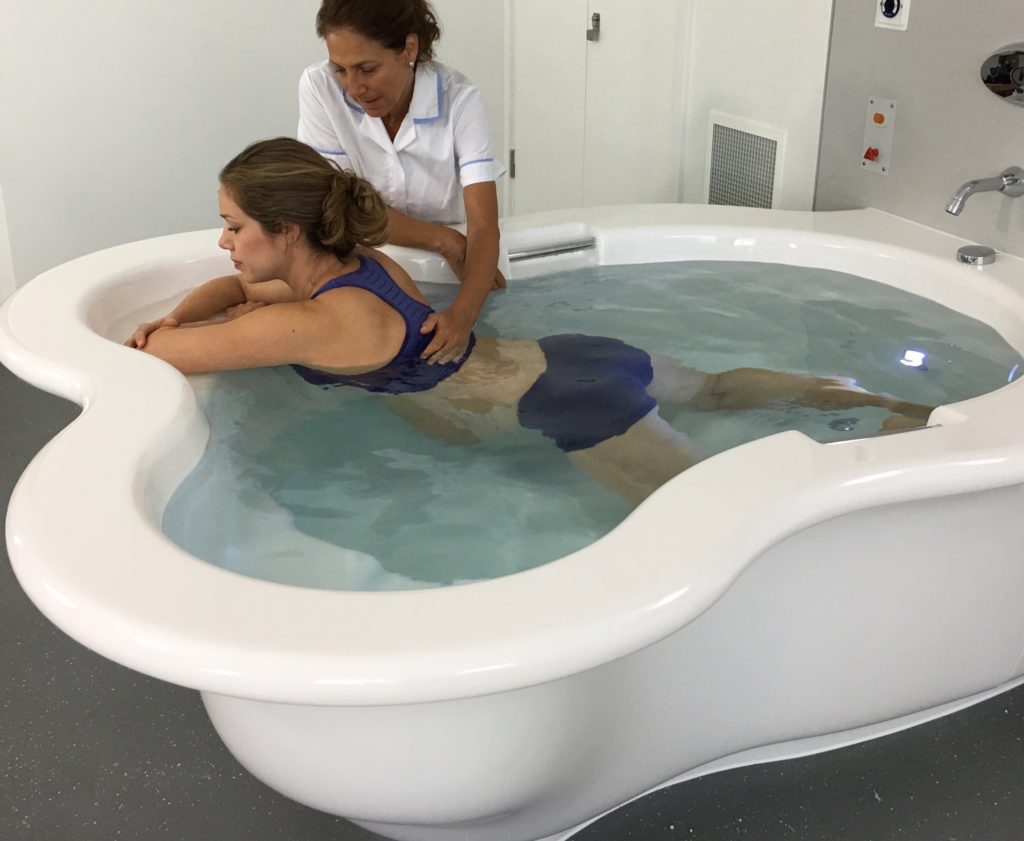Water birth pools serve a pivotal role in enhancing the experience of physiological labour and natural childbirth for mothers.
In fact, they are particularly effective in helping mothers manage pain without relying on analgesia for relief (National Institute for Health and Care Excellence, 2014).
Research has shown that women who enter a warm water pool during established labour are better equipped to cope with the pain associated with childbirth.

Immersion in warm water has been unequivocally proven to offer significant physiological and psychological benefits during labor (Cluett et al., 2004).
The benefits extend beyond pain management; women who choose water birth often report a heightened sense of fulfillment and accomplishment, while babies experience a gentler, less traumatic birth process (Royal College of Obstetricians and Gynaecologists, 2014).
In addition to these advantages for mothers and babies, midwives also experience increased job satisfaction, and healthcare facilities can save resources and costs by providing water birth options (National Institute for Health and Care Excellence, 2014).

Statistics from the National Maternity Survey in 2014 indicate that nearly a third of women in the UK benefited from using a water birth pool (Care Quality Commission, 2014).
With up to 60% of mothers showing interest in natural birth, it is opportune to consider expanding the availability of this safe, cost-effective approach (American College of Obstetricians and Gynecologists, 2017).
On dry land, mothers face the challenge of gravity, which limits their movement as labor progresses and fatigue sets in.

Many women may lack the physical fitness required to maintain upright postures for extended periods (Gupta et al., 2007).
Additionally, mothers who are overweight or obese may struggle to cope with the physical demands of labor (Vahratian et al., 2005).
The transition from land to water can rejuvenate and energize mothers, providing them with a newfound sense of purpose.

The buoyancy of water reduces a mother’s relative weight by approximately 33%, allowing her to move in ways that would be impossible on land and explore natural labor and birthing postures (American College of Nurse-Midwives, 2014).
Furthermore, the warm water’s calming and relaxing effects promote the release of oxytocin, a critical hormone in childbirth.
Oxytocin induces uterine contractions and triggers the “fetal ejection reflex,” further aiding the birthing process.

Immersion in water has been shown to have a positive physiological impact on hormone secretion, including oxytocin surges that can facilitate cervical dilation and stimulate contractions (Odent, 2014).
In conclusion, water birth pools offer a multifaceted approach to childbirth that benefits both mothers and babies, enhances midwives’ job satisfaction, and provides cost-effective options for healthcare facilities.
The evidence supports the integration of water birth as a valuable and safe method to promote natural childbirth and physiological labor experiences.









